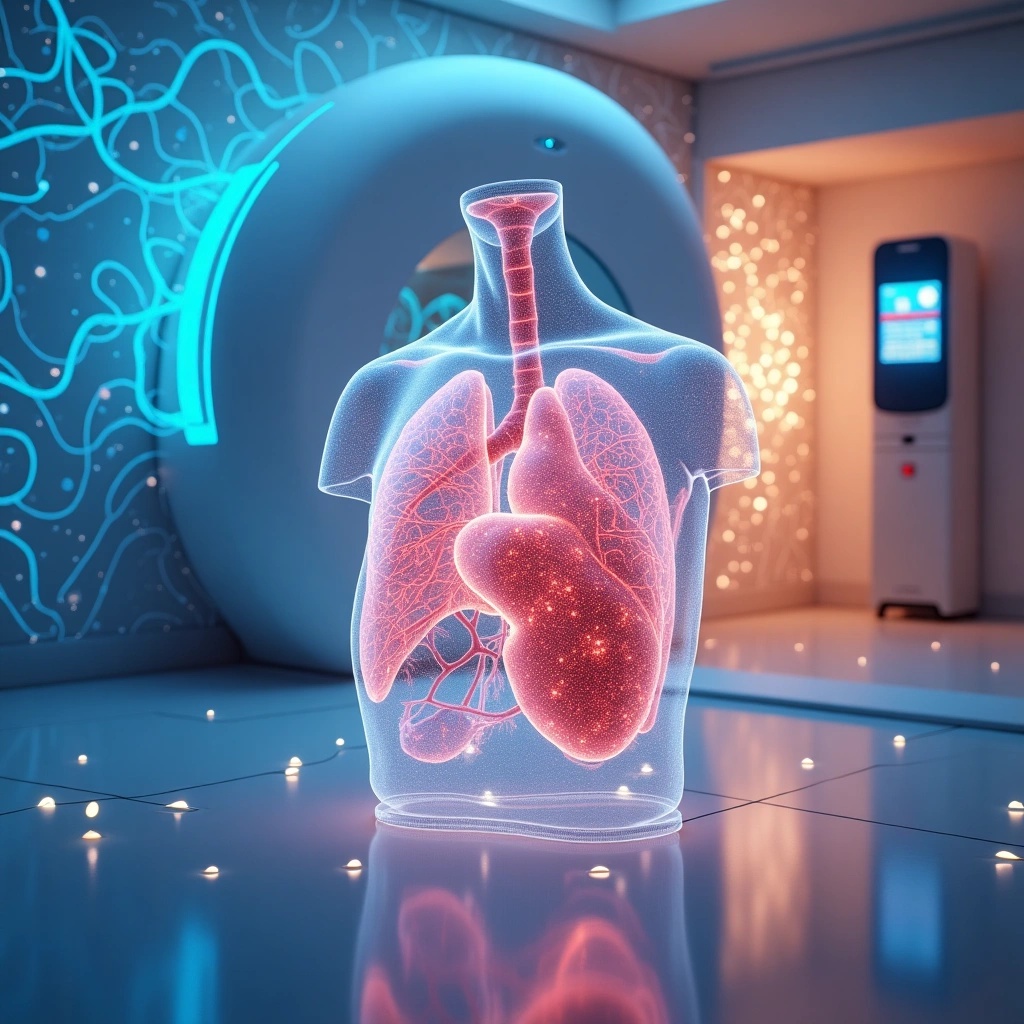A Joint Representation Using Continuous and Discrete Features for Cardiovascular Diseases Risk Prediction on Chest CT Scans

By Naomi Wilson
Posted on: October 28, 2024

**Analysis of the Research Paper**
The paper proposes a novel approach for cardiovascular disease (CVD) risk prediction using chest CT scans, aiming to improve the predictive performance and provide transparent and explainable decision grounds for assisting physicians.
**What the paper is trying to achieve:**
The authors aim to develop a joint representation that integrates discrete quantitative biomarkers and continuous deep features extracted from chest CT scans. This approach aims to combine the strengths of traditional risk factors and imaging-based biomarkers with the power of deep learning, providing a more accurate and interpretable CVD risk prediction model.
**Potential use cases:**
1. **Clinical decision-making:** The proposed method can assist physicians in making informed decisions about preventive interventions for patients at high risk of developing cardiovascular diseases.
2. **Risk stratification:** The model can be used to identify individuals who would benefit from targeted screening and prevention programs, enabling personalized healthcare.
3. **Research applications:** The joint representation approach can be applied to other medical imaging-based risk prediction tasks, such as predicting stroke or cancer risk.
**Significance in the field of AI:**
1. **Integration of multimodal data:** The paper demonstrates how to effectively combine different types of features (discrete biomarkers and continuous deep features) to improve predictive performance.
2. **Explainability and interpretability:** The authors provide a transparent and explainable decision-making process by analyzing the individual contributions of each biomarker, which is crucial in clinical settings where physicians need to understand the reasoning behind the model's predictions.
3. **Advancements in medical imaging analysis:** The use of deep learning for CVD risk prediction on chest CT scans showcases the potential of AI-powered image analysis in various medical applications.
**Papers with Code post:**
https://paperswithcode.com/paper/a-joint-representation-using-continuous-and
This link provides access to the paper's code, allowing researchers and practitioners to replicate the results and build upon this work.